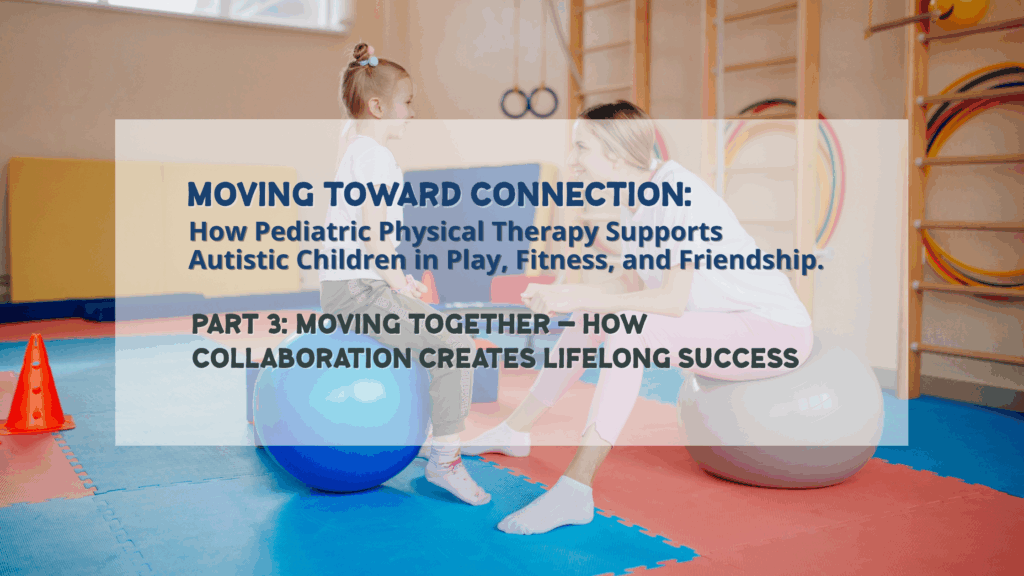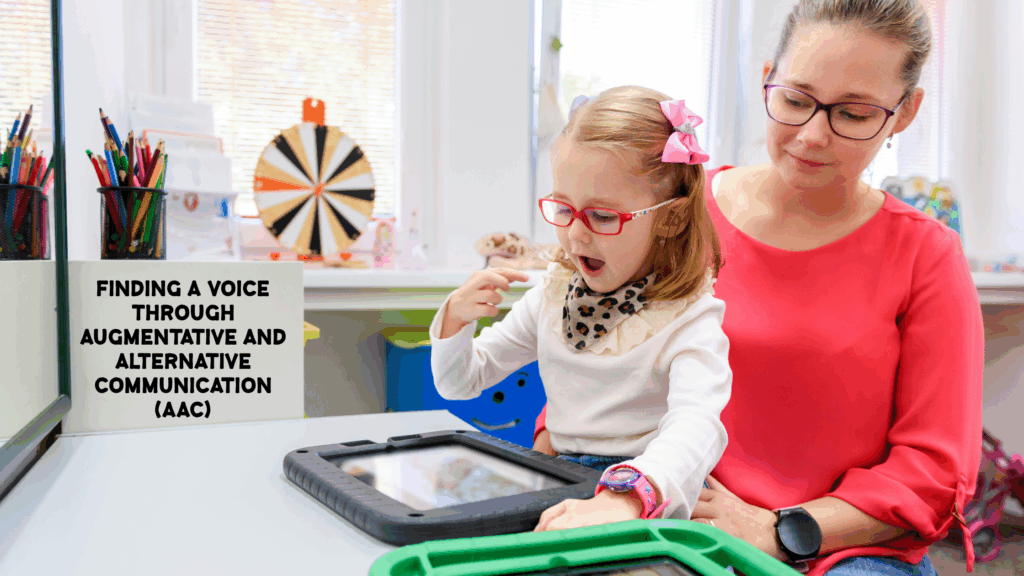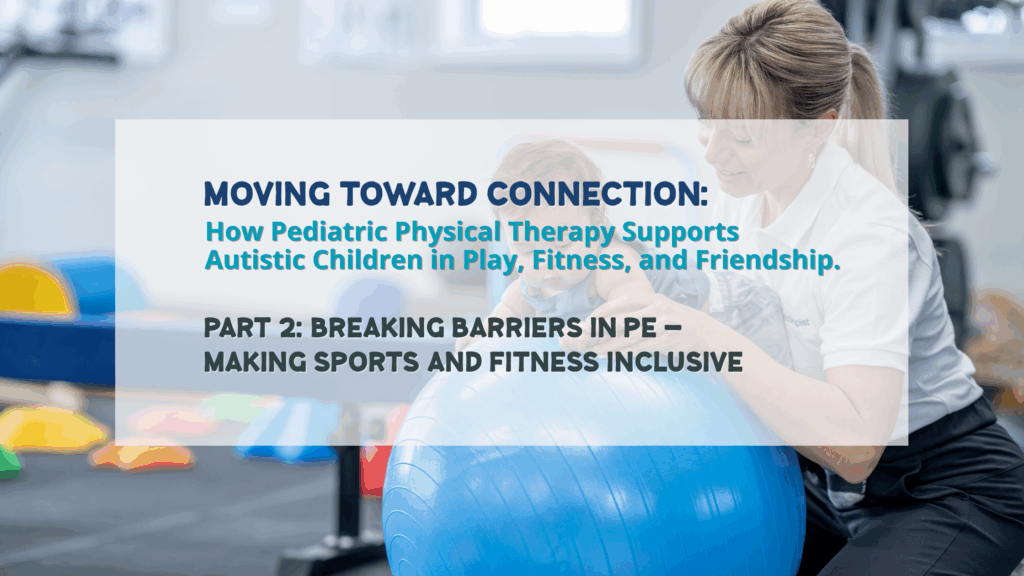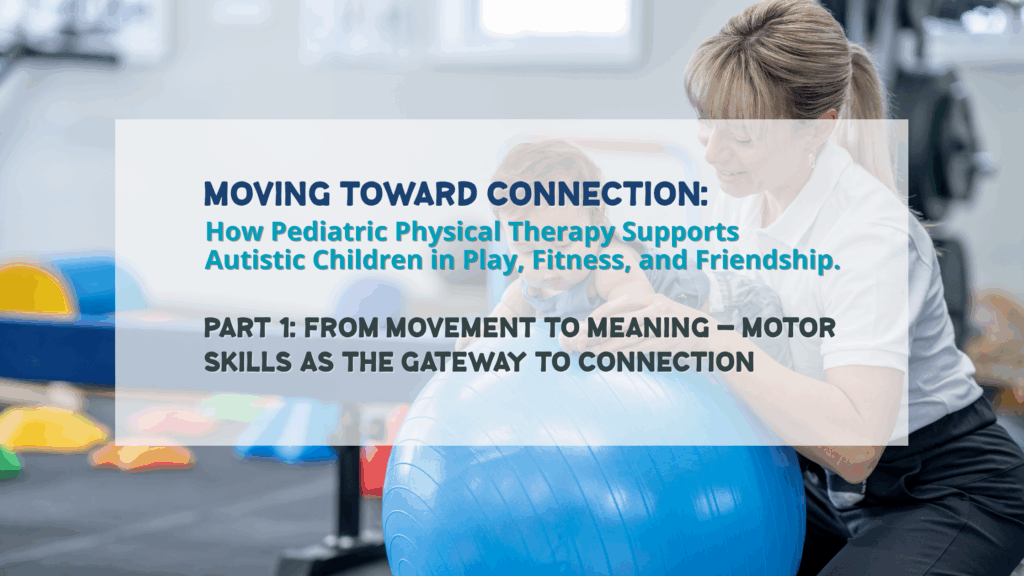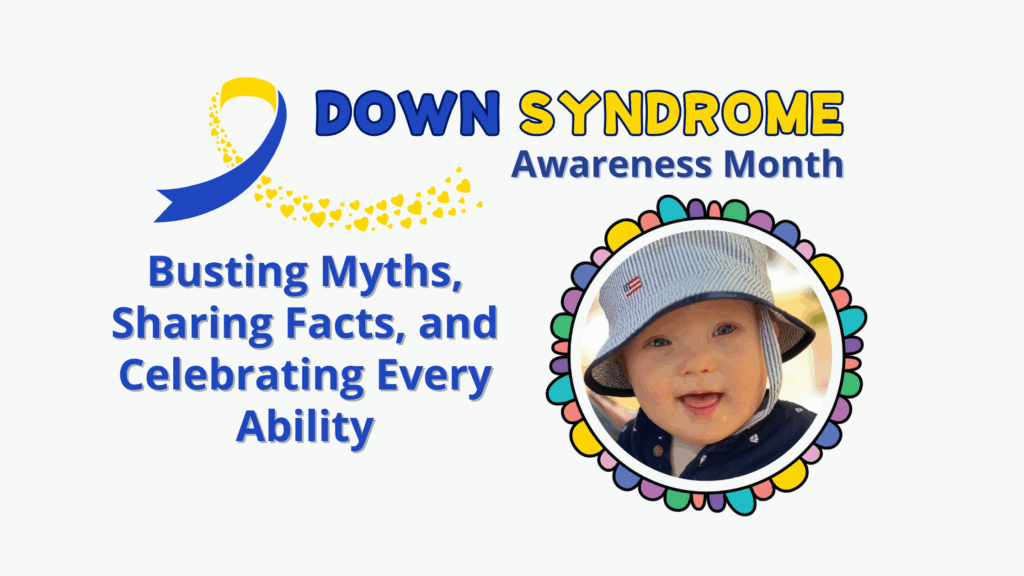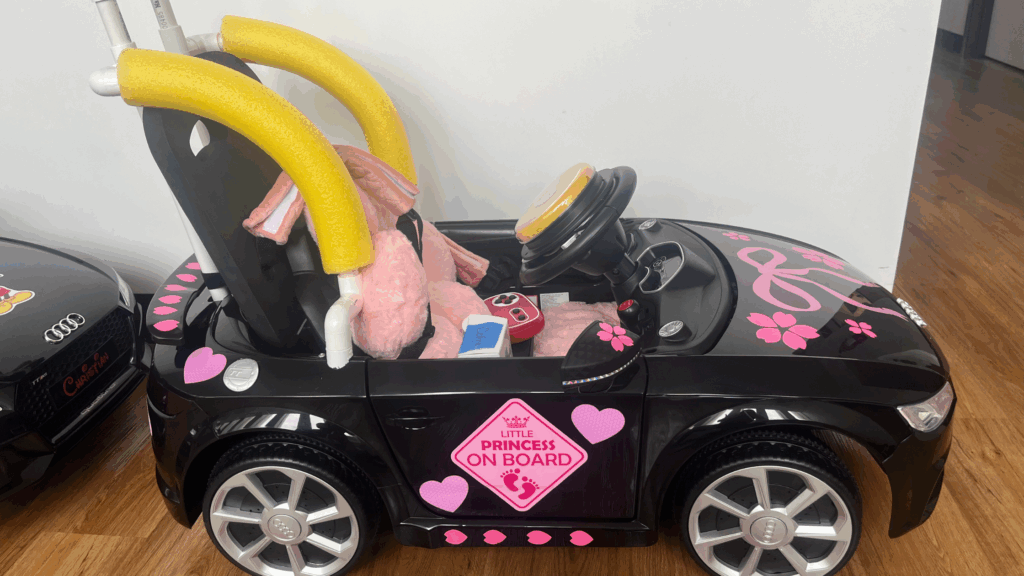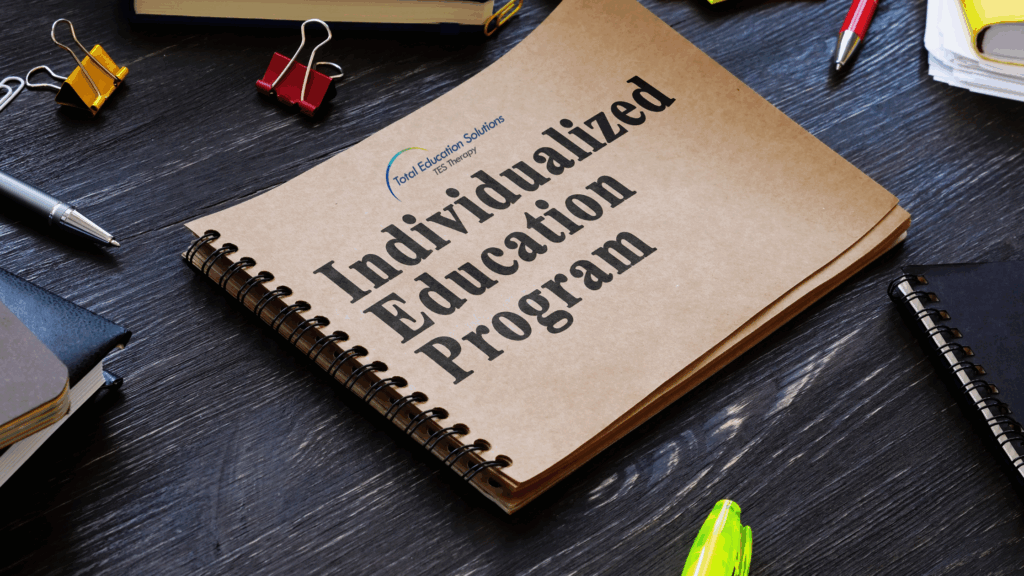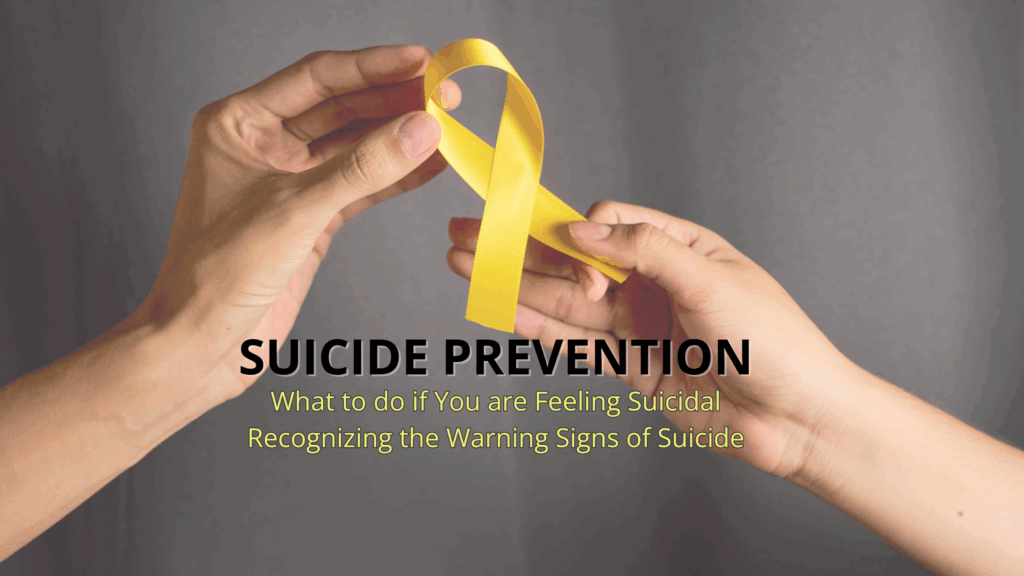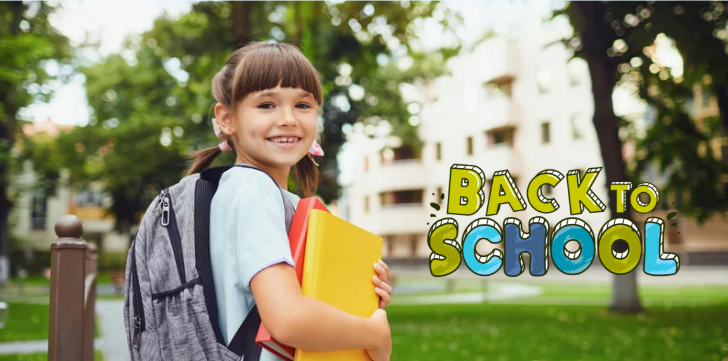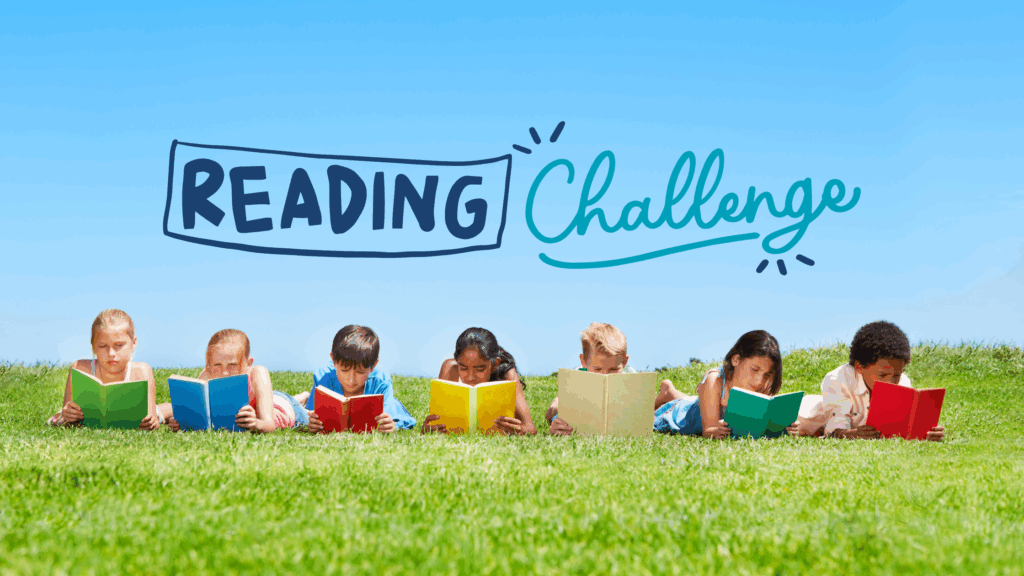October is Dyslexia Awareness Month, a time to shine a light on one of the most common learning differences affecting students today and to remind families and educators that with early identification, targeted support, and the right tools, children with dyslexia can thrive.
What Is Dyslexia?
Dyslexia is a language-based learning difference that affects how the brain processes written words and sounds. It is not related to intelligence or effort — in fact, many people with dyslexia are highly creative and curious thinkers who view the world in unique ways.
Students with dyslexia often struggle with reading fluency, spelling, decoding, or word recognition, despite being bright and motivated learners.
On its “Myths & Facts” page, the University of Michigan confirms that dyslexia is “one of the most common learning disabilities” and that in the U.S., it is estimated to affect 5-10 percent of the population, with higher estimates ranging from 15 to 17 percent, depending on the criteria used.
The American Psychiatric Association states that 80% of learning disorders involve reading impairment (i.e., dyslexia or reading-based difficulties).
Recognizing Dyslexia in Schools
In July 2023, California passed Senate Bill 114, which requires that local education agencies screen students in kindergarten through grade 2 for risk of reading difficulties, including dyslexia, by adopting approved screening tools under Education Code § 53008. This means that in California, as well as in many other states, schools are now required to screen early readers for signs of dyslexia, allowing interventions to begin sooner, before frustration builds or confidence fades. This proactive approach enables students to receive reading support and targeted instruction as soon as challenges arise.
While many states, like California, now mandate early screening for dyslexia, it’s important to note that dyslexia is not, by itself, a standalone eligibility category under federal special education law. Rather, students with dyslexia are generally evaluated under the broader category of Specific Learning Disability (SLD), one of IDEA’s 13 recognized disability categories.
Even if a child receives a private diagnosis of dyslexia, that alone does not guarantee they will qualify for special education services in schools. To be eligible, two conditions must be met: (1) the student must meet the legal definition of a disability (such as SLD), and (2) the student must require specialized instruction beyond what general education provides.
In California, Education Code § 56329 further clarifies that difficulties caused by “lack of appropriate instruction” or external factors alone do not qualify a student for special education. This reinforces the idea that while dyslexia is recognized in practice and law, it must intersect with the criteria for special education — not all who have dyslexia will automatically qualify.
Early Identification and Intervention
The key to success for students with dyslexia is early identification and intervention. Research shows that early, evidence-based instruction — such as structured literacy approaches grounded in phonemic awareness, phonics, fluency, vocabulary, and comprehension can dramatically improve outcomes.
Speech-language pathologists, reading specialists, and educational therapists often work together to provide:
- Phonological awareness training (hearing and manipulating sounds)
- Decoding and spelling support
- Reading fluency practice
- Confidence-building strategies
The earlier the support begins, the stronger a student’s foundation for lifelong learning.
Living Successfully with Dyslexia
Dyslexia does not define a person’s future. Many successful individuals live with dyslexia, including authors, entrepreneurs, engineers, artists, and scientists. They have learned to leverage compensatory strategies, such as:
- Using audiobooks or text-to-speech tools
- Accessing visual supports and graphic organizers
- Building on strengths in reasoning, creativity, and problem-solving
Some famous people with dyslexia include Richard Branson, Whoopi Goldberg, Steven Spielberg, and Octavia Spencer — proof that the path to success is not one-size-fits-all.
With support, understanding, and the right tools, children with dyslexia grow into adults who think outside the box, solve complex problems, and inspire others.
A Message to Parents
If your child struggles with reading or spelling, you’re not alone, and your concerns matter. Trust your instincts, ask questions, and seek out professional support early. Dyslexia is not a barrier to learning, but rather a difference in how the brain learns most effectively.
With the right team, every child can make meaningful progress. Early action opens doors to confidence, joy, and a lifelong love of learning.
Resources & Support
Here are a few trusted places to learn more and access help:
Together, We Can Build Understanding
This Dyslexia Awareness Month, let’s celebrate the strengths of neurodiverse learners and continue building schools and communities where individuals of all abilities can succeed.
#DyslexiaAwarenessMonth #StructuredLiteracy #EveryChildCanLearn #TES
Written by: Traci M. Bean MA, CCC-SLP

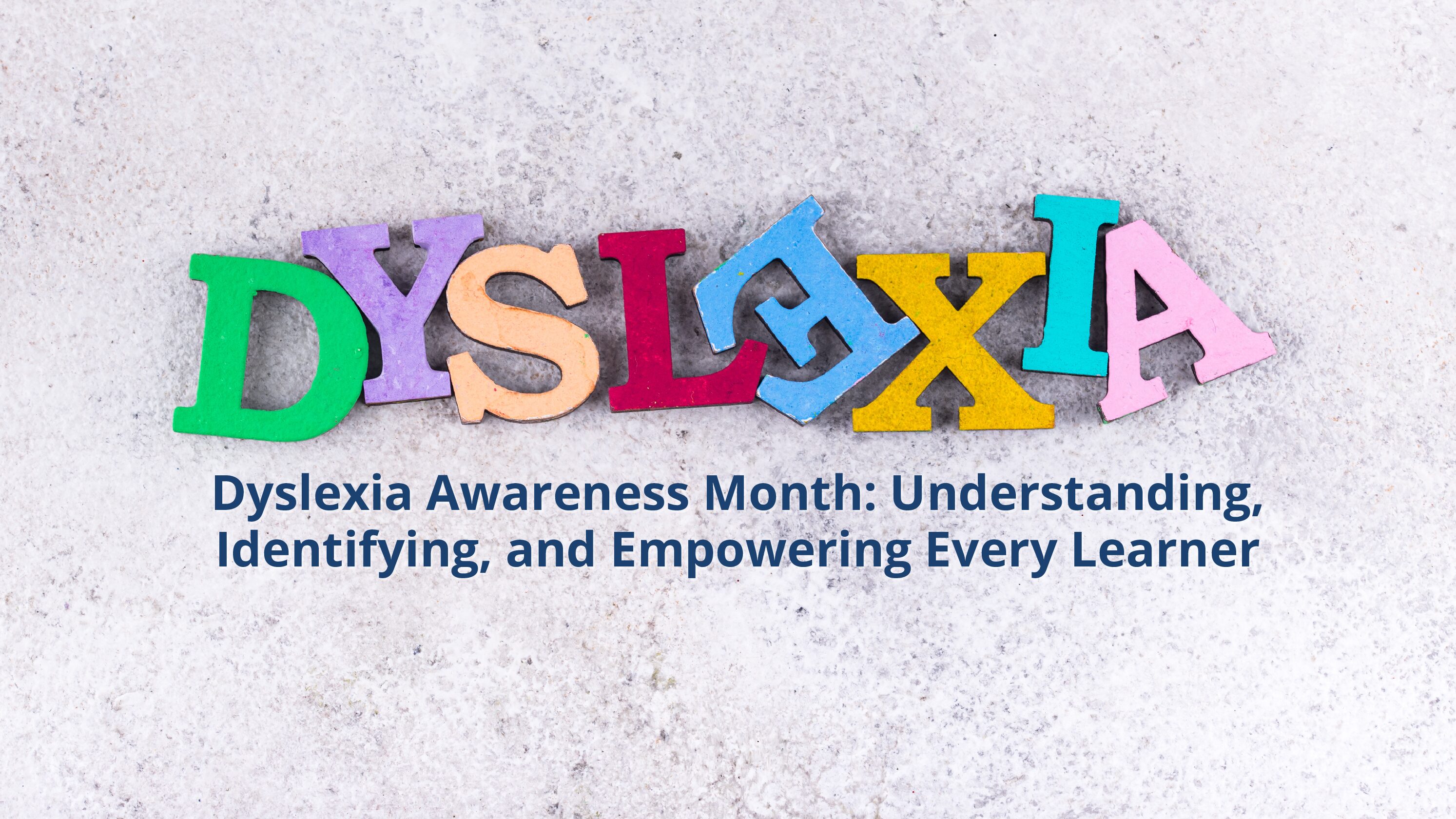
 06 Oct 2025
06 Oct 2025 